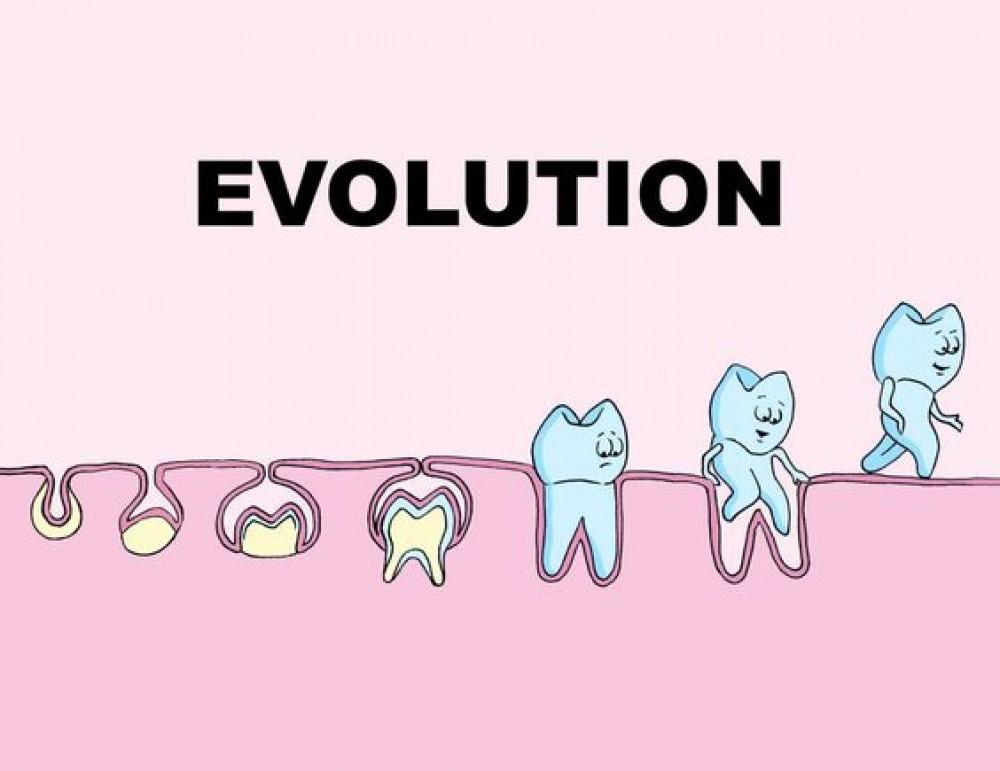Tracing the Origins of Teeth: From Fish Armor to Human Dentition
In a significant breakthrough that connects ancient aquatic life with contemporary human anatomy, researchers have found strong evidence indicating that our teeth originated from the primitive protective armor of fish. This extraordinary evolution, which unfolded over an impressive span of 460 million years, provides fresh insights into vertebrate evolution and the development of their dental structures. A collaborative study by scientists from various institutions reveals how the tough scales of early fish served as a precursor to the advanced teeth we depend on today. This finding not only deepens our comprehension of evolutionary biology but also raises important questions regarding adaptation and survival throughout Earth’s extensive history.
The Evolutionary Pathway: From Fish Armor to Human Teeth
The evolution of teeth—from their rudimentary beginnings to the varied forms present in mammals today—illustrates a compelling narrative of adaptation through time. Initial research indicates that teeth first appeared over 460 million years ago, manifesting as bony plates in ancient fish designed for defense against predators. As these early species evolved, these protective structures gradually morphed into what we now recognize as teeth. This transition represents a crucial chapter in vertebrate evolution, demonstrating how environmental factors can influence anatomical changes.
Over millions of years, these basic structures adapted for various functions aligned with shifting dietary requirements among species. The evolutionary trajectory can be categorized based on dietary habits:
- Herbivores: Developed broad molars suited for grinding plant matter.
- Carnivores: Possess sharp, jagged teeth ideal for tearing flesh.
- Omnivores: Feature a combination allowing flexibility in feeding practices.
| Type of Tooth | Main Function | Example Species | |||||
|---|---|---|---|---|---|---|---|
| Incisors | Cuts food items | Mammals (e.g., Humans) | |||||
| Canines td >< td >Pierces food items td >< td >Tigers td > tr >< tr >< td >Molars td >< td >Grinds food items td >< td >Horses t d > tr > | |||||||
| Molars t d >< /t d > | Grinds food items /t d > | Horses /t d > | |||||
| Evolving Stage< th /> | Main Characteristics< th /> < tr /> |
|---|---|
| Bony Armor Structures< t d />< | Pioneering defensive formations resembling early dentition.< t d />< /tr /> |
| Evolving Transitional Forms< t d />< | A rise in complexity within oral structures featuring initial tooth-like attributes.< t d />< /tr /> |
| Diverse Modern Dentition< t d />< | A wide array shapes serving distinct dietary needs.< t d /><
/tr />
Impact on Dental Science: Insights Into Evolutionary Development Over TimeThis revelation about our dental origins stemming from primitive fish body armor offers transformative perspectives within dental science—illuminating both evolutionary history and functional adaptations . It underscores an unbroken lineage connecting past organisms with present-day species while illustrating how dental configurations transitioned from mere protection mechanisms into intricate functional tools essential for survival across millennia. The implications extend beyond mere historical understanding—they highlight interdisciplinary collaboration’s importance within ongoing research efforts merging paleontology findings alongside genetic studies along comparative anatomical investigations too! Utilizing cutting-edge imaging technologies enables researchers’ exploration concerning microstructural properties shared amongst different taxa revealing correlations potentially influencing contemporary dentistry practices significantly! Continued investigation surrounding these patterns holds promising prospects impacting fields such as orthodontics, strong>,< ;stron g>< ;em>< ;/em>>< ;stron g>< ;em>< ;/em>, >< em >>< str ong >>< em >> The captivating saga surrounding tooth evolution illustrates profound connections linking ancient marine life with today’s mammals! As scientific inquiry delves deeper unraveling complexities inherent within this process—the realization that our very own dentitions trace back directly towards those once utilized by fishes serves not only as awe-inspiring but also reinforces adaptive strategies shaping existence here upon Earth spanning countless eons! Such groundbreaking discoveries enrich understandings pertaining specifically towards biological sciences whilst inviting further explorations examining broader implications tied intricately together through time itself! |
